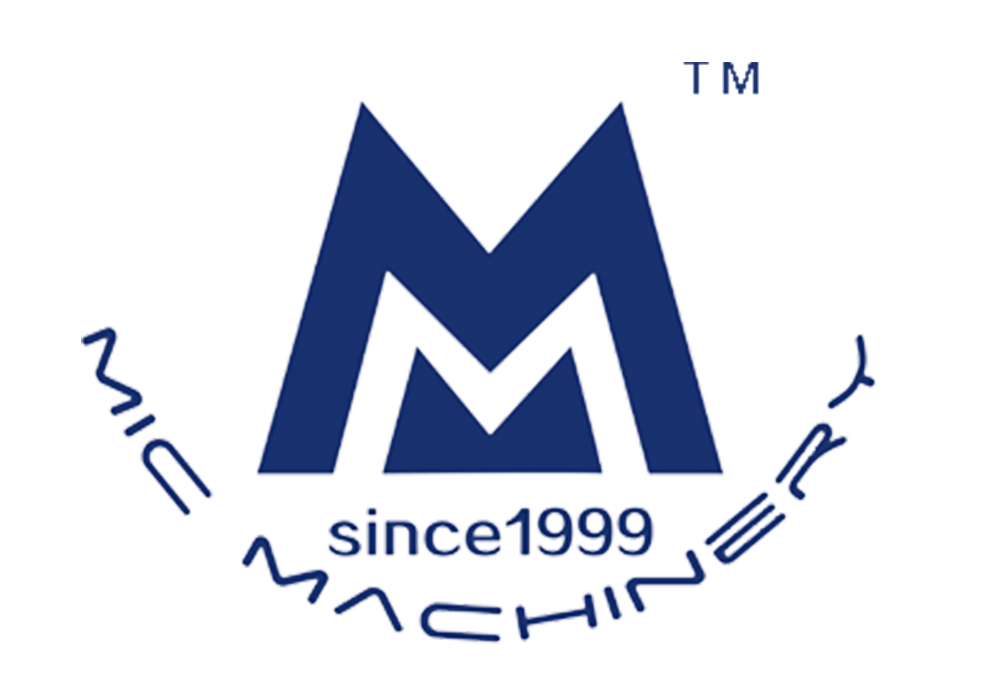Bottle Filling Machine Types: Comprehensive Guide to Automatic and Semi-automatic Models
Bottle filling machines are essential equipment in industries ranging from beverages and pharmaceuticals to cosmetics and chemicals. The choice between automatic and semi-automatic models directly impacts production efficiency, cost management, and product quality. This guide dissects the key differences, applications, and selection criteria for these two primary types, helping businesses make informed decisions.
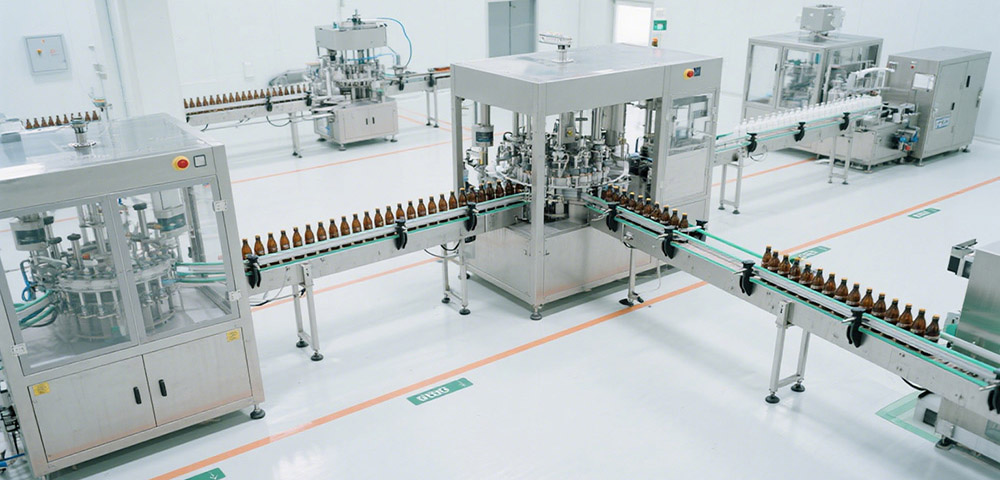
Automatic Bottle Filling Machines: The Epitome of High-Speed Precision
How They Work and What's Inside
Automatic bottle filling machines are a marvel of modern engineering, leveraging cutting-edge technology to streamline the filling process. At their core, they rely on programmable logic controllers (PLCs), sensors, and robotic systems to operate with minimal human intervention. Key components include:
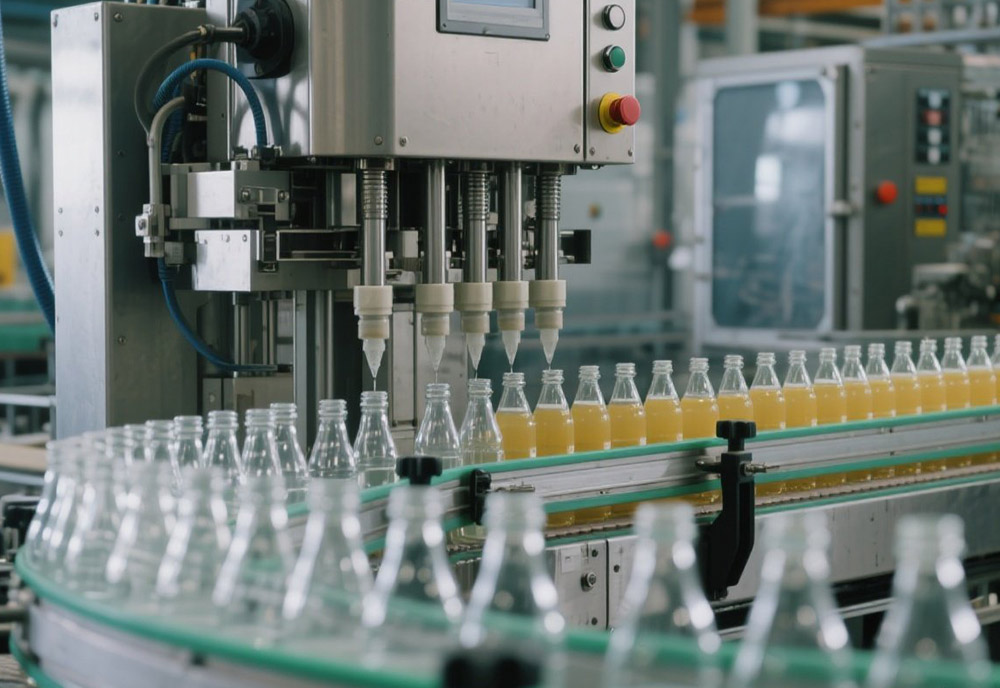
The Advantages They Bring
•Blazing-Speed Production: With the ability to fill thousands of bottles per hour, automatic machines are a powerhouse for large-scale manufacturing operations. They're the go-to choice when high throughput is a top priority.
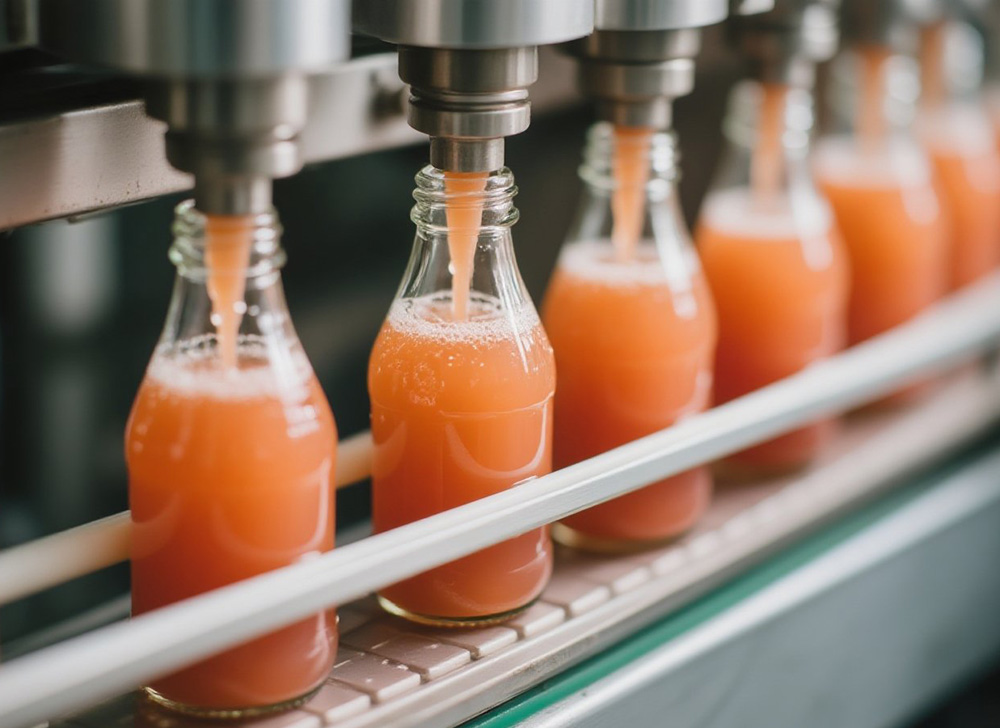
•Ideal for Standardized Products: Automatic machines shine when it comes to handling products with consistent specifications. They can be quickly programmed to adapt to different production runs, with minimal setup time in between.
Where They're Used
Semi-automatic Bottle Filling Machines: Flexibility Meets Affordability
Operational Basics and Key Features
Semi-automatic bottle filling machines strike a balance between automation and manual operation. While certain aspects of the filling process are automated, operators are still involved in tasks like bottle placement and initiating the filling cycle. Here are their key features:
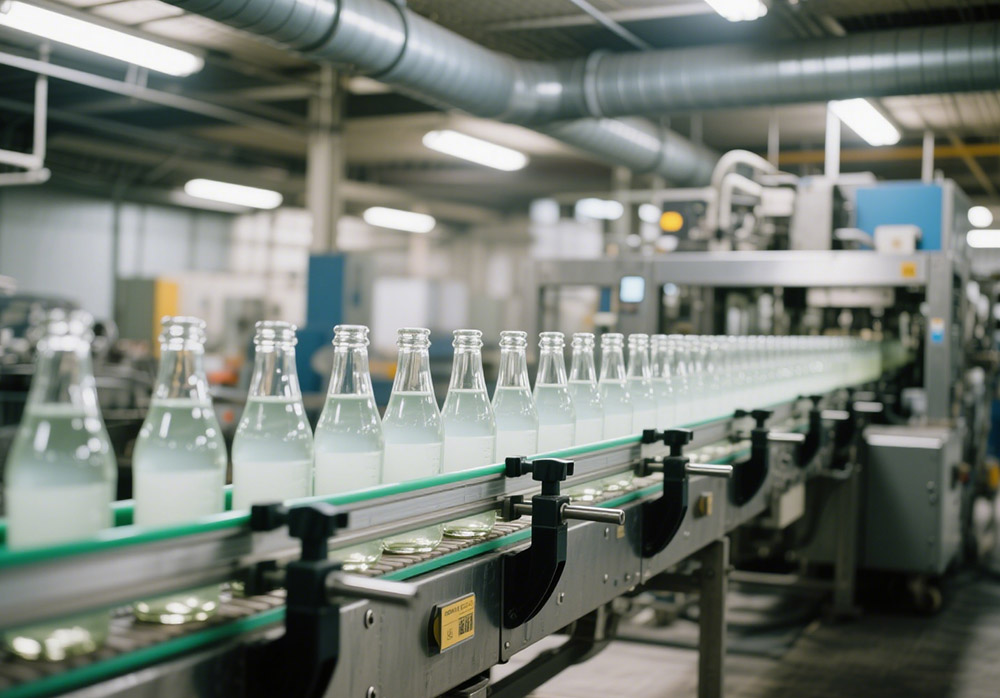
•Foot Pedal or Button Activation: The filling process is initiated by the operator using a foot pedal or button, offering straightforward and user-friendly control.
The Benefits They Offer
Industries That Rely on Them
Automatic vs Semi-automatic Bottle Filling Machines: A Side-by-Side Comparison
|
Criteria |
Automatic Bottle Filling Machines |
Semi-automatic Bottle Filling Machines |
|
Initial Cost |
High (Often ranging from 10,000 - 50,000 or more) |
Lower (Typically between 2,000 - 10,000) |
|
Production Speed |
Can fill thousands of bottles per hour (2,000 - 6,000 BPH or higher) |
Slower, usually filling 50 - 500 bottles per hour |
|
Labor Requirements |
Minimal; only requires 1 - 2 operators for monitoring |
More labor-intensive; 2 - 4 operators may be needed for tasks like bottle loading and operation |
|
Filling Precision |
Exceptionally high, often within ±0.5% volume deviation |
Good, but with a slightly higher margin of error (±1 - 2% volume deviation) |
|
Flexibility |
Best for standardized products with consistent production runs |
Highly flexible; easily adapts to different bottle sizes, shapes, and liquid types, ideal for small batches and frequent product changes |
|
Setup Time |
Longer setup time as programming and calibration are required for product changes |
Shorter setup time; quick manual adjustments can be made within minutes |
|
Space Requirement |
Larger footprint due to integrated systems and conveyors |
Compact design, suitable for smaller facilities |
How to Select the Right Bottle Filling Machine
When choosing between automatic and semi-automatic bottle filling machines, consider the following factors:
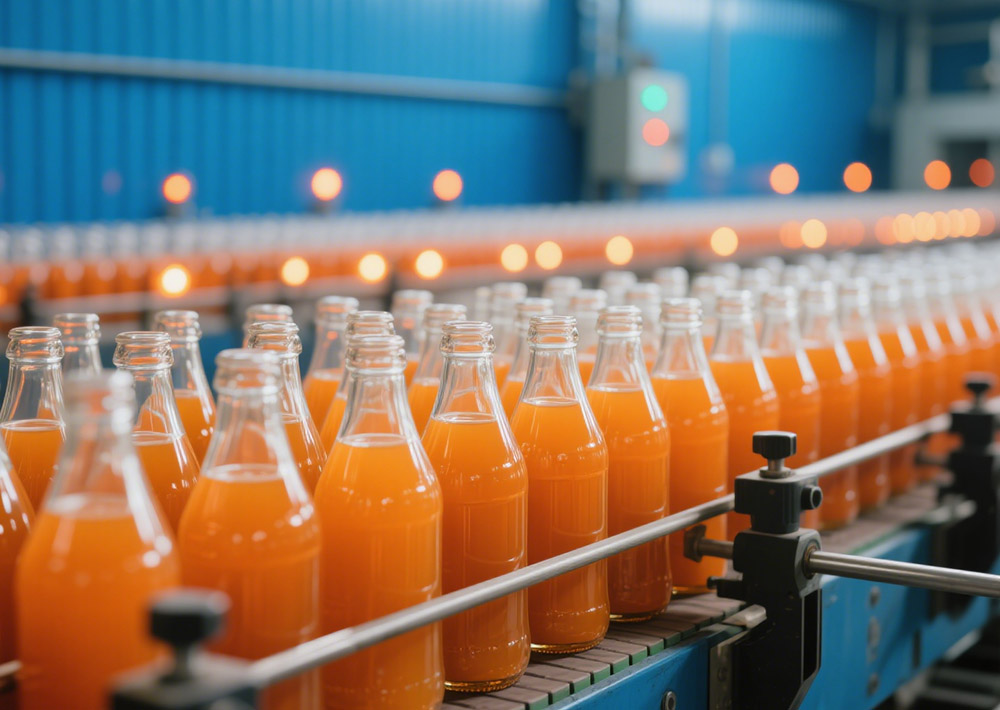
Maintenance and Care Tips
To keep your bottle filling machine performing at its best and extend its lifespan:
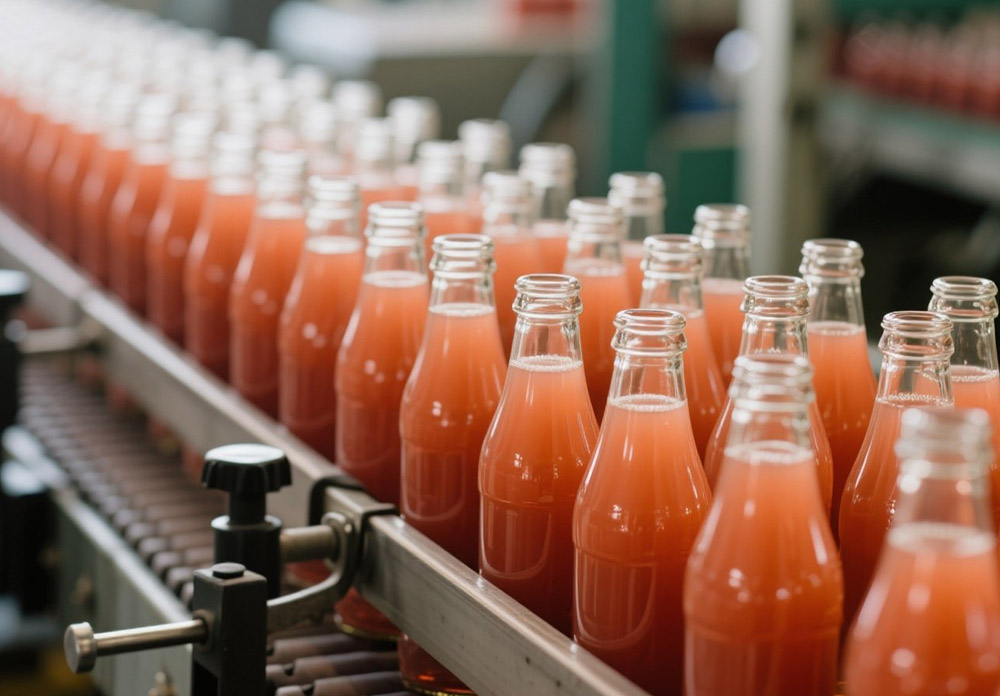
The decision between an automatic and semi-automatic bottle filling machine is a significant one that can have a profound impact on your business operations. Automatic machines offer unparalleled speed, precision, and efficiency, making them ideal for large-scale, standardized production. On the other hand, semi-automatic machines provide flexibility, affordability, and ease of use, making them a practical choice for small to medium-sized businesses with diverse production needs. By carefully assessing your requirements, budget, and growth plans, you can select the bottle filling machine that will help you optimize your production processes, enhance product quality, and drive your business forward in the competitive world of liquid packaging.
